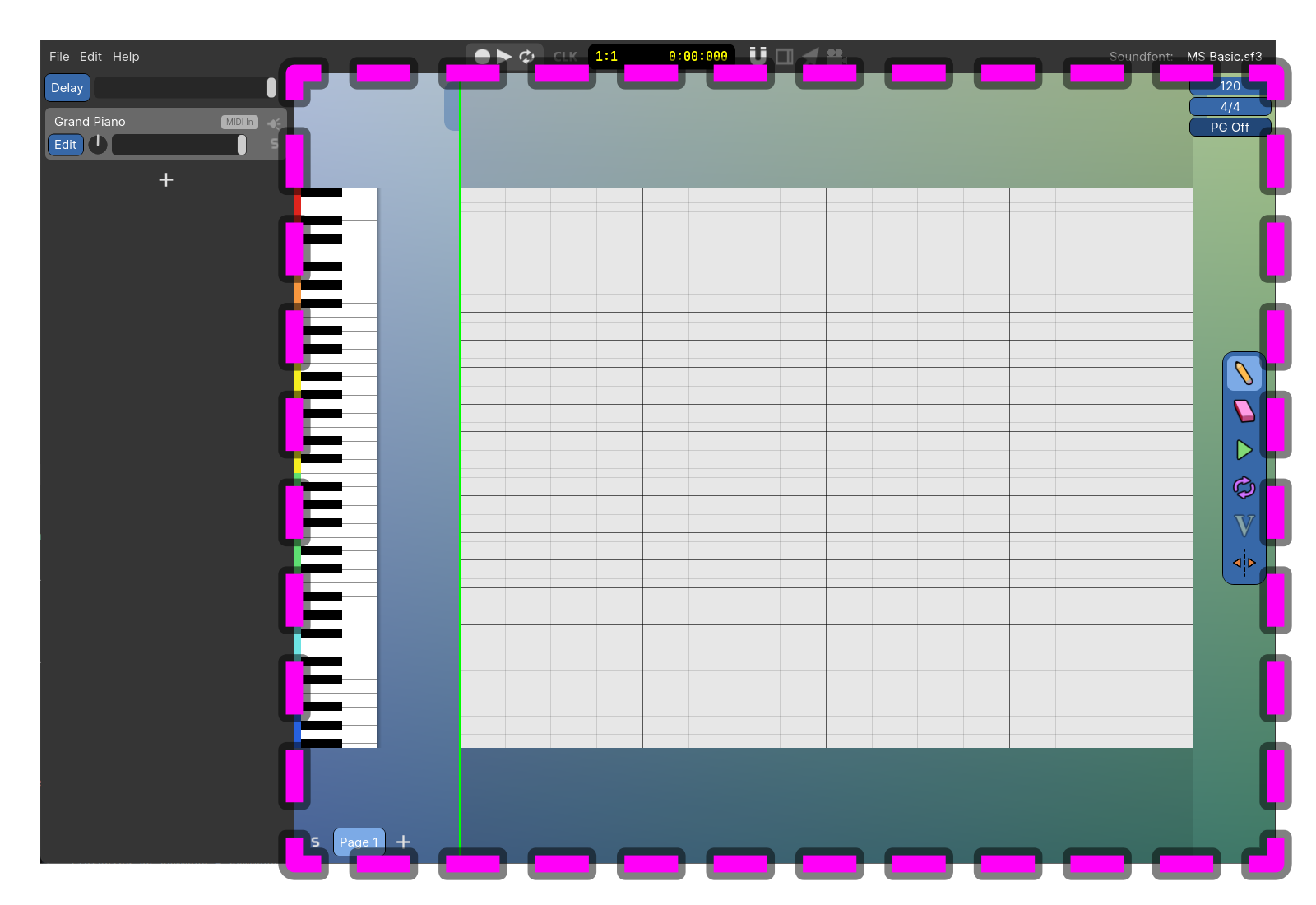
Roland (Booth #924) has expanded its popular line of AIRA products with a new free customizer app and two software synths that offer flexible options and infinite music creation possibilities that further blur the lines between software and hardware.
AIRA Modular Customizer
The AIRA Modular Customizer app lets AIRA users fully re-program the internal signal path of AIRA Modular effects units (compatible with TORCIDO, BITRAZER, DEMORA and SCOOPER effects). The app’s array of virtual, re-patchable sub-modules offers complete control of each effect’s signal path, for full user customization. For added flexibility, patches can also be saved and recalled in real time, and shared with other AIRA Modular effect users.
There are currently 15 virtual sub-modules, with more available in the near future. They include: LFO, ADSR, NOISE, SAMPLE & HOLD, RING MOD, FILTER 6 dB, FILTER 12 dB, TONE, AMP, MIXER, STEREO MIXER, CURVE CONV, GATE DIVIDER, TRIG TO CV DELAY TIME, and MIDI CLOCK TO GATE. Musicians can use them to easily customize the signal path of their AIRA effect by connecting the headphone jack of their smartphone or tablet to the REMOTE IN jack on any AIRA modular effect module. Alternatively, users can connect via USB to MAC or PC for realtime control.
The AIRA Modular Customizer app is available for download for iOS, Android, Mac OS X, and Windows.
Roland also debuts two new AIRA soft synths on July 8 — the SH-101 PLUG-OUT Software Synthesizer, and the SYSTEM-1 Software Synthesizer with Librarian.

Roland SH-101 Plug-Out
Like its hardware counterpart, the new SH-101 PLUG-OUT Software Synthesizer is a complete and authentic reproduction of Roland’s iconic SH-101 monophonic synth from the 1980s, right down to the fine details and odd quirks that make it one of the most popular classic synthesizers of all time. Based on Analog Circuit Behavior (ACB) technology, the new soft synth version not only reproduces the original SH-101’s legendary sounds, but faithfully recreates the very behavior of its analog circuitry. Included are classic SH-101 synth sounds — bass, lead, noise, and sound effects, plus reverb, chorus, delay and crusher effects that were not included in the original.

Roland System-1 software synthesizer The SYSTEM-1 Software Synthesizer with Librarian features many of the same functions as the hardware SYSTEM-1/1m version. It offers the same sound quality as its hardware counterpart, making it ideal for musicians who either work solely in the software world, or who are considering the hardware version and would like to audition it first. In addition, based on popular user request from the hardware version, the Librarian software has been expanded to now include 64 patches.
Both synths are available for purchase via download; a free trial version is also available. In addition, the Librarian software for SYSTEM-1 is available for free to registered SYSTEM-1/1m owners.
More information: Roland /
AIRAhttp://www.rolandus.com/go/aira/








